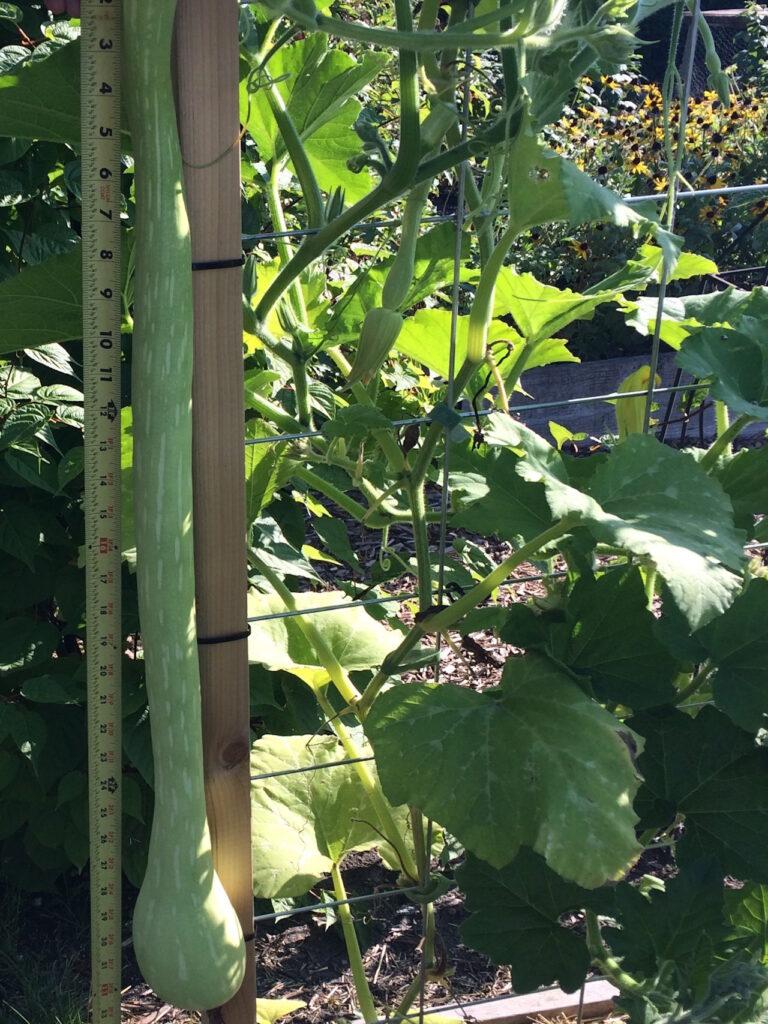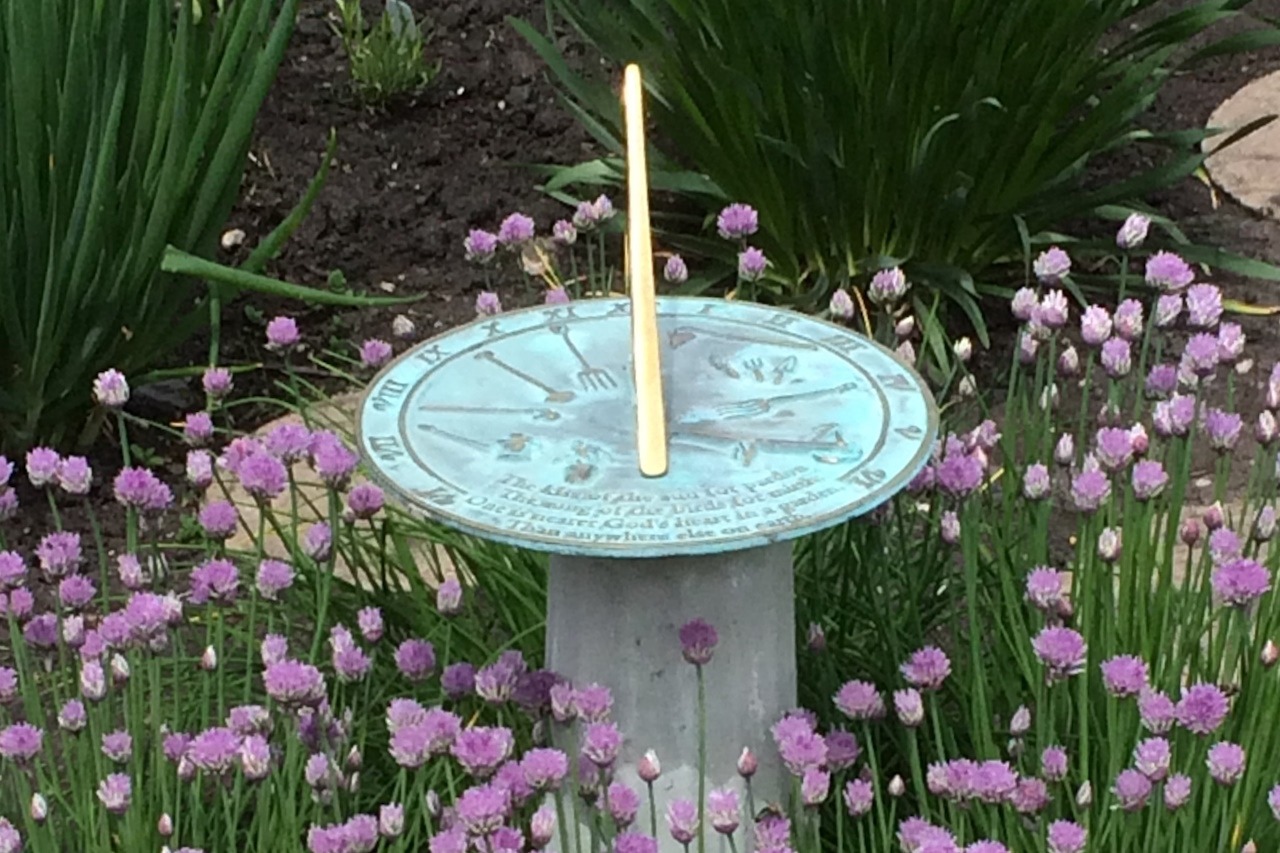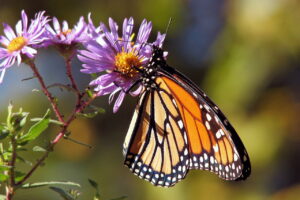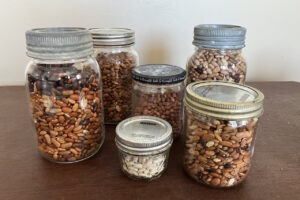“A 6-pack of those tomatoes is the same price as two of them – that’s a much better deal” my inner voice pleaded.
“But I’ve started most of our tomatoes from seed already and only need a couple of these. Caring for all these plants during another hot, dry summer will be a big job.”
My sore hip throbbed to remind me of the veracity of this last point.
Our culture urges us on with the “more is better” approach to life. Our climate, the garden space we have, the type of soil and the availability of water are a few factors that impose limits on what and how much we grow. We are becoming more aware of what is sustainable for this planet. On a personal level, I am becoming more aware of what is sustainable for me. As much as gardening is a pleasure, it is also physically demanding work and I have been looking for ways to ease this workload.

Perennial Edibles: Growing plants that reliably return each year is one way to ease spring’s workload. Asparagus, rhubarb, perennial onion, chives, lovage (leaves can be frozen or dehydrated and substitute for celery in soups), thyme and oregano are good choices for the Canadian Prairies. Some annual herbs such as dill and cilantro act like perennials by self-seeding. Lettuce, if allowed to bolt and drop seeds, will start growing in the garden the following spring. To ensure plants can sow their own seeds, choose open-pollinated varieties and leave some bare soil around them when seeds are dropping. Fruit trees and shrubs are low-maintenance after a year or two: apples, currants, sour cherries, grapes, haskaps, raspberries, and Saskatoon berries are all long-time residents in our garden.



Besides making a gardener’s work easier, there is an important benefit to the plants when supported off the ground — reduced soil-borne plant diseases. Instead of a “more is better” philosophy, I like the idea of a “win-win” approach to gardening where all parties benefit.
1 There are now over 100 varieties in the Dwarf Tomato Project. The word “dwarf” refers to the size of the plant which is usually about 3-4 feet tall, not the fruit it produces. More information, including varieties available in the Northern and the Southern Hemispheres, is here: https://www.dwarftomatoproject.net/
2 This website has a good description of the Florida Weave method: http://www.webgrower.com/information/tomato_florida-weave-method.html
Wendy spent a good part of her adult life moving with her husband, never staying long enough to see an apple tree mature and bear fruit. When they retired, developing a food garden and planting hardy ornamentals became a passion. Weaving her previous studies in nutrition with her current interest in gardening has become a stimulating and life-giving activity.





I had not thought of how gardeners and gardens share issues of “limits” and what is “sustainable,” and I am inspired by the way you are in dialogue with earth. Thanks, Wendy, for this and for your practical tips, too.
Thanks for your practical and philosophical sharing. And for the enticing photos of your garden!